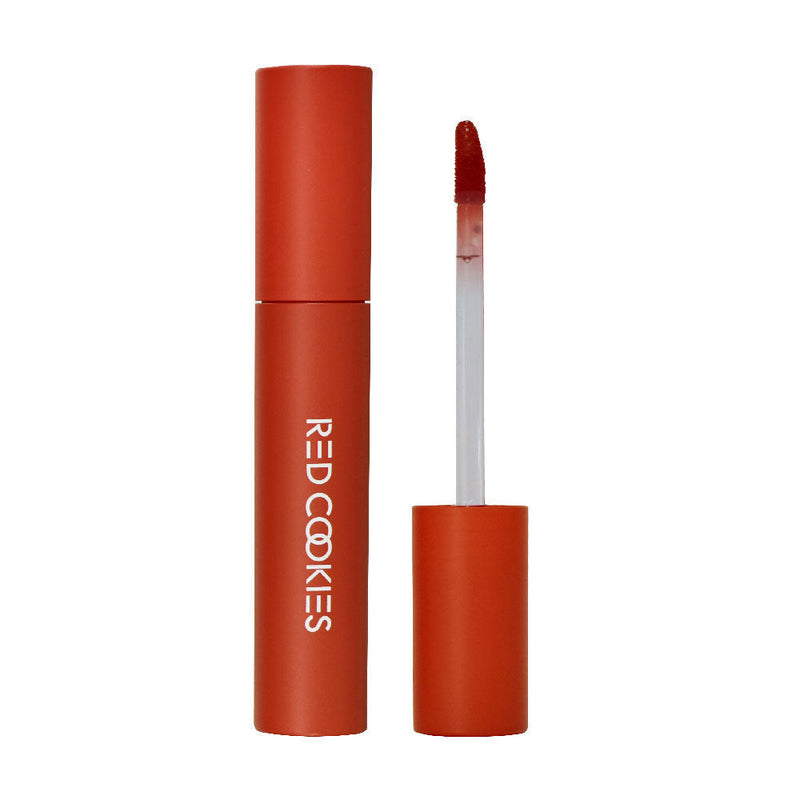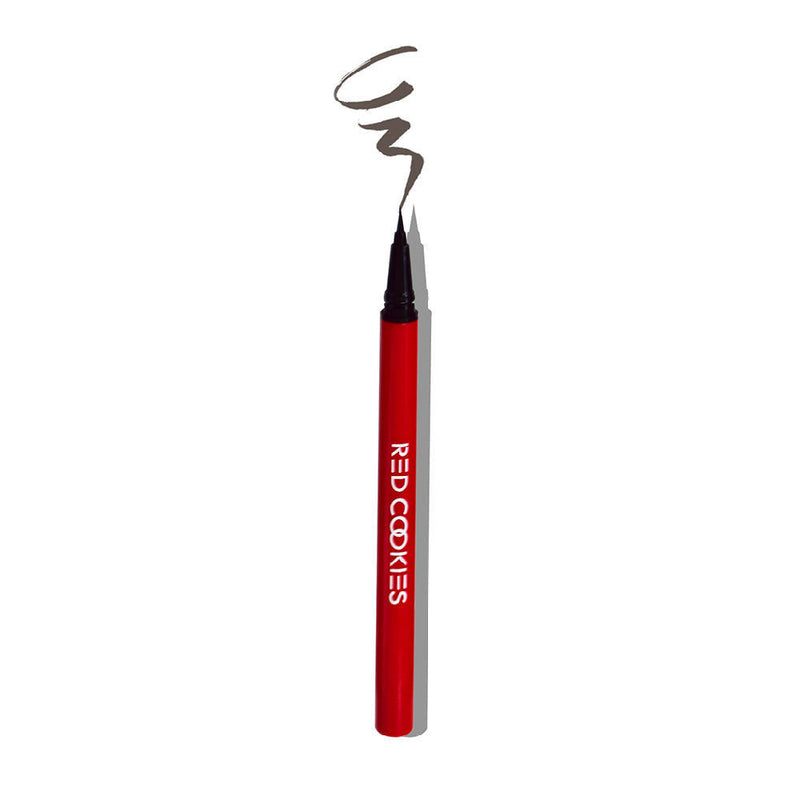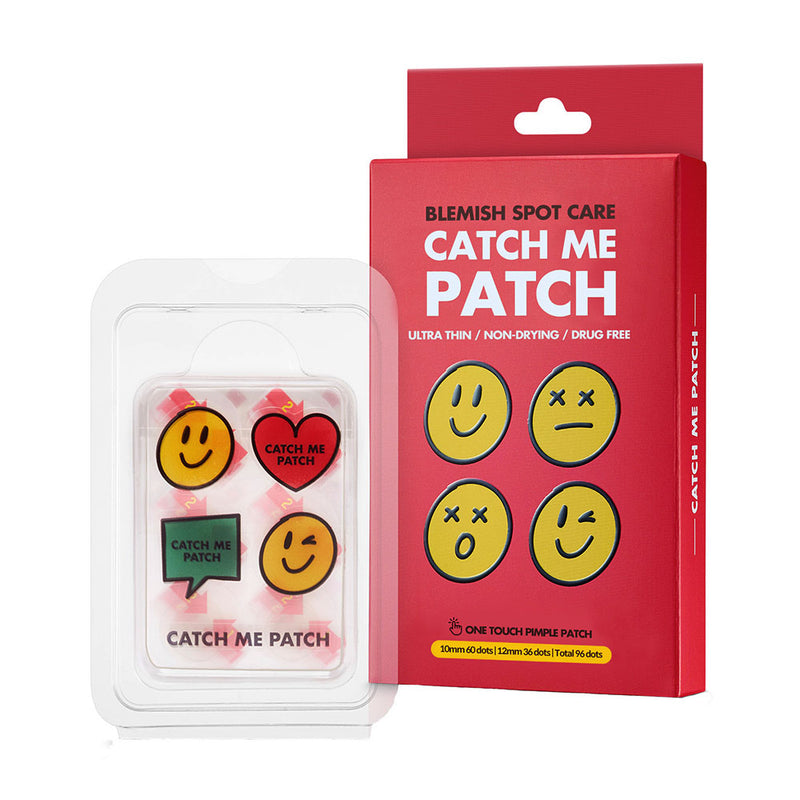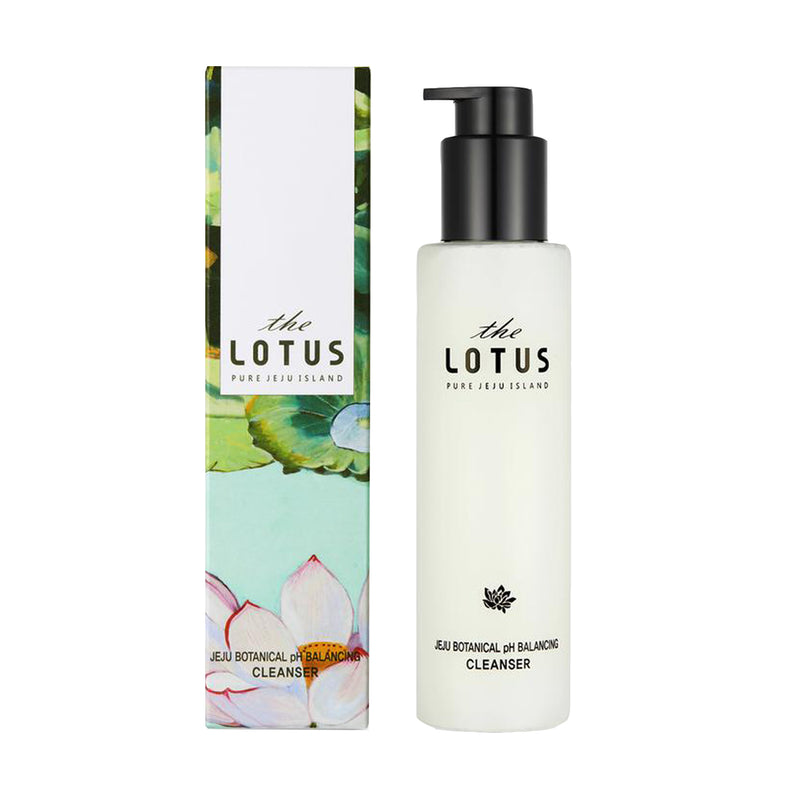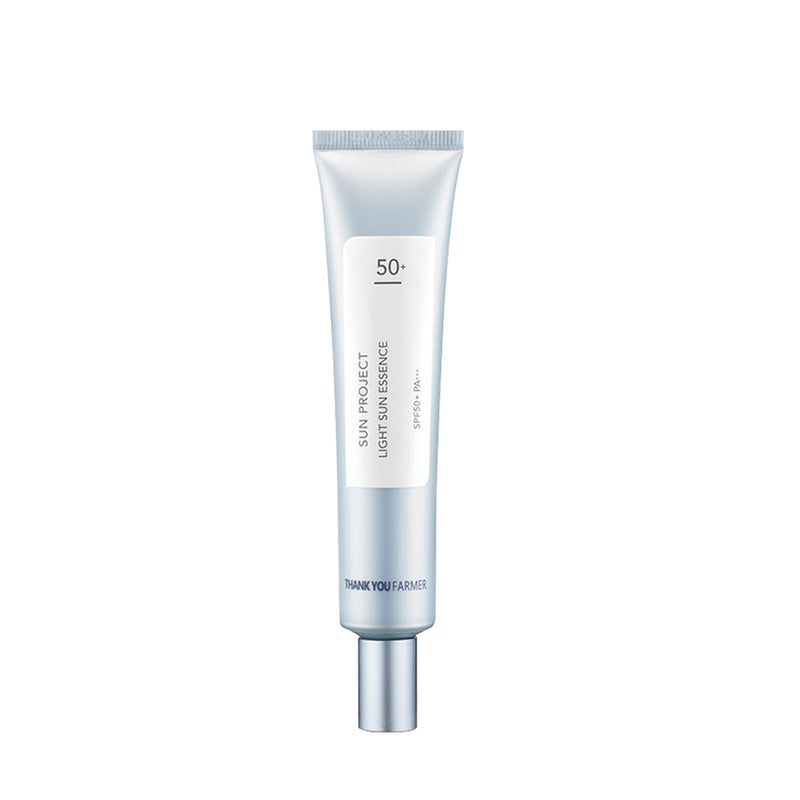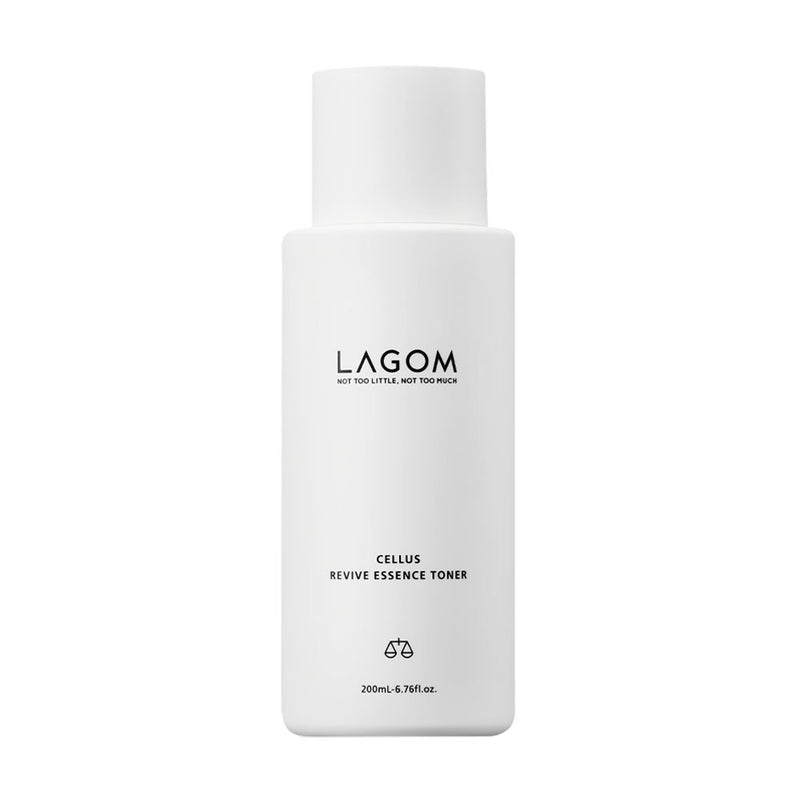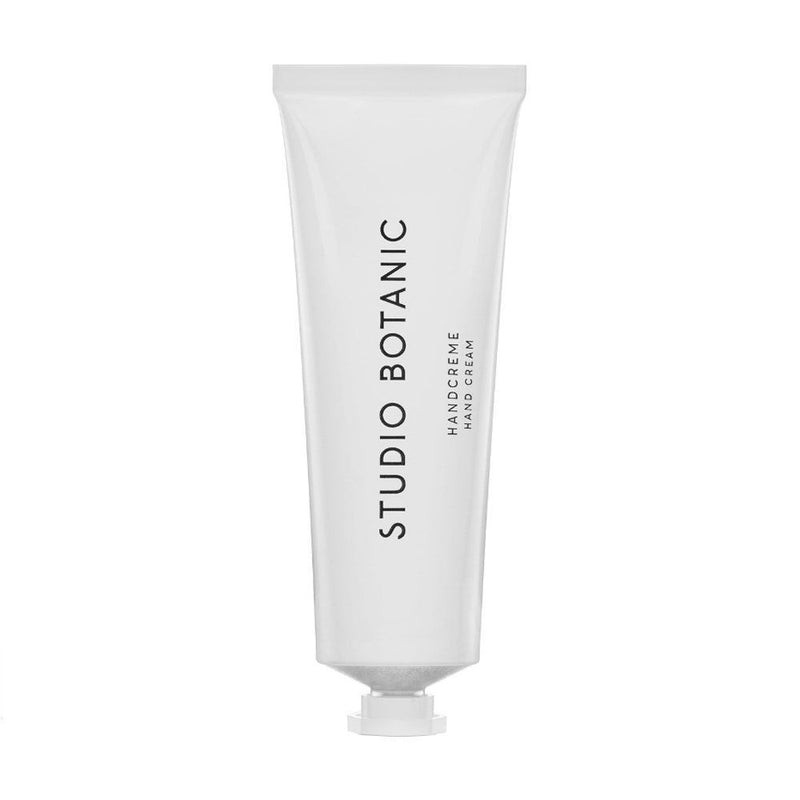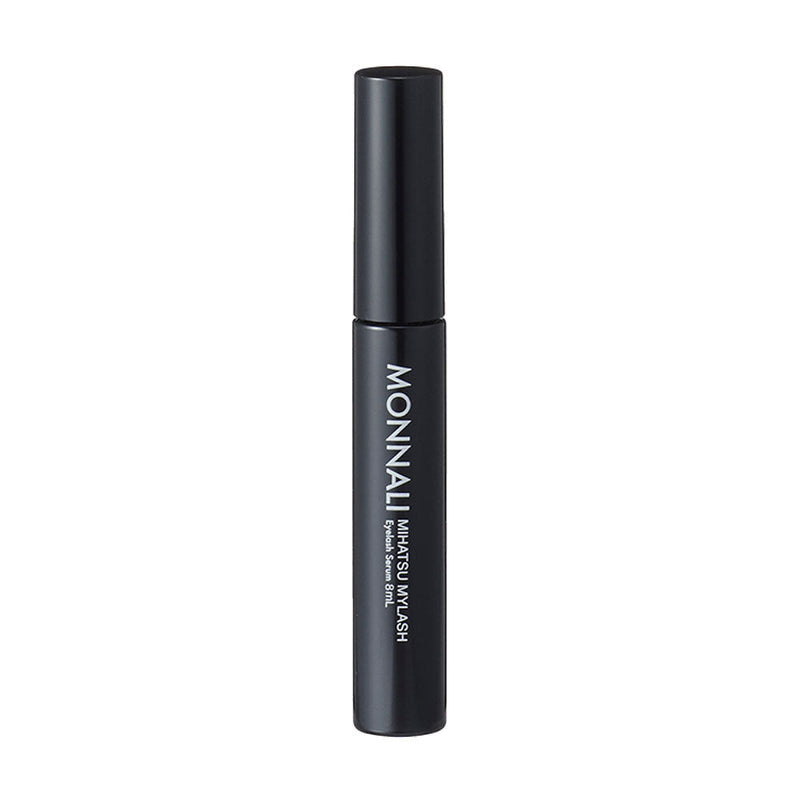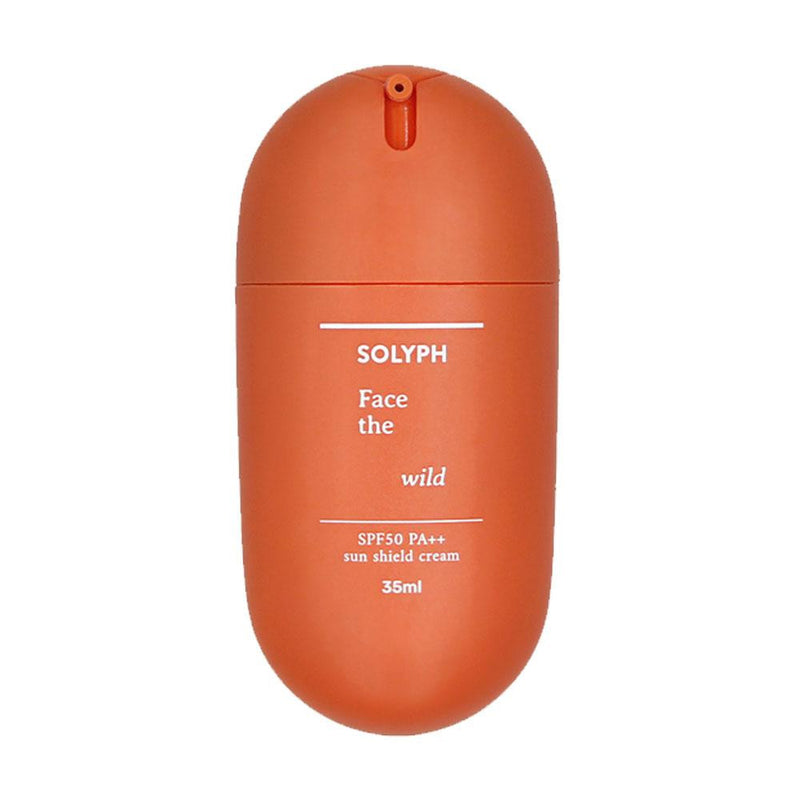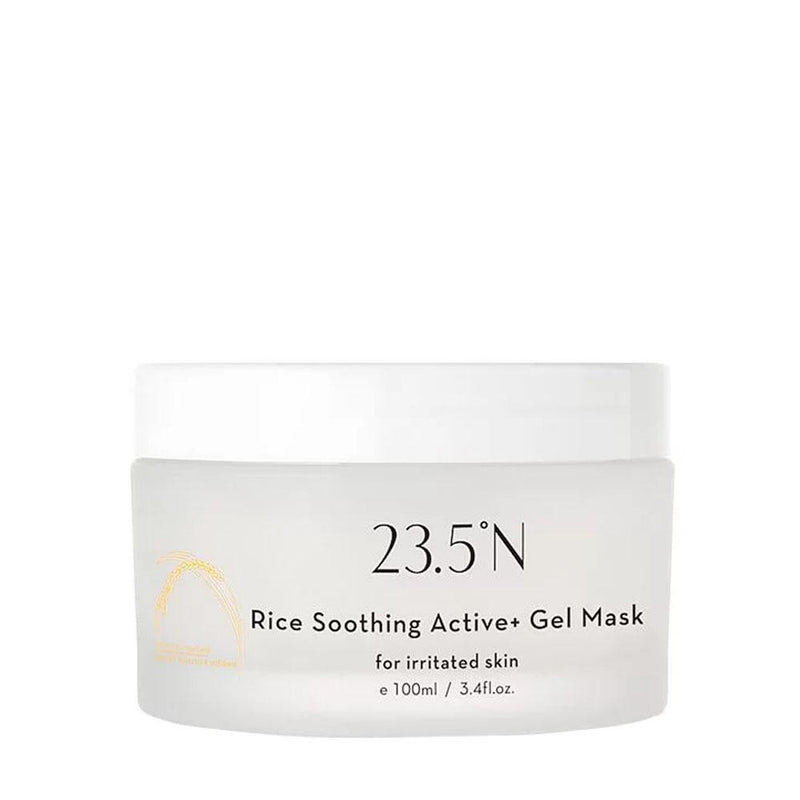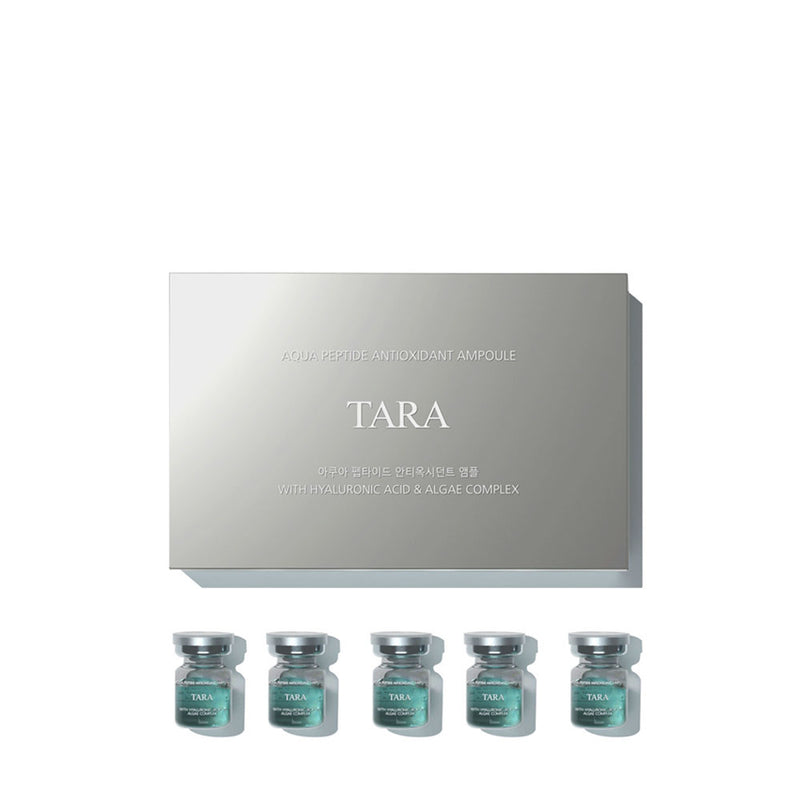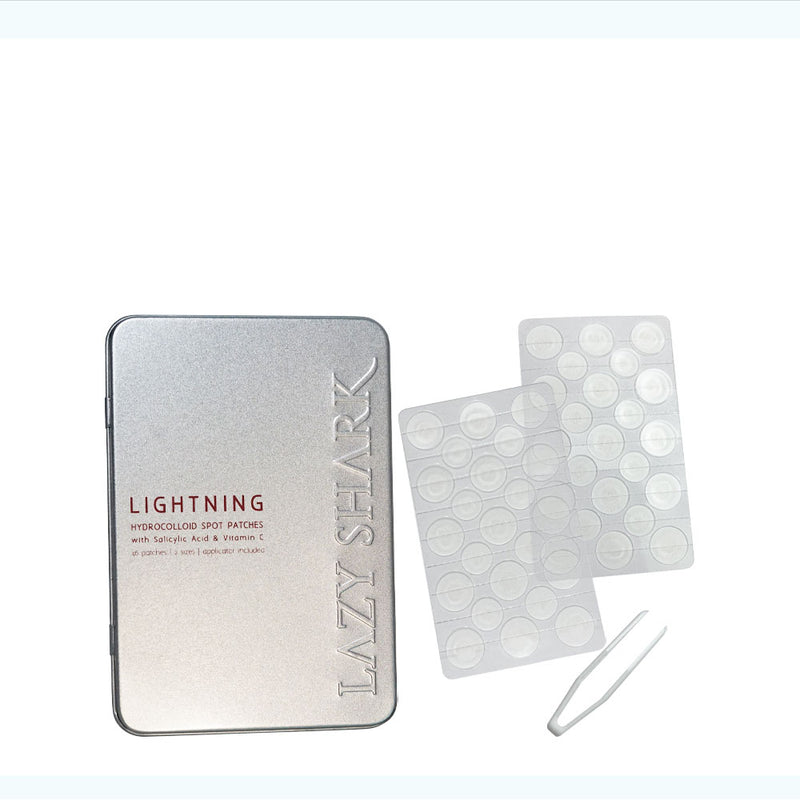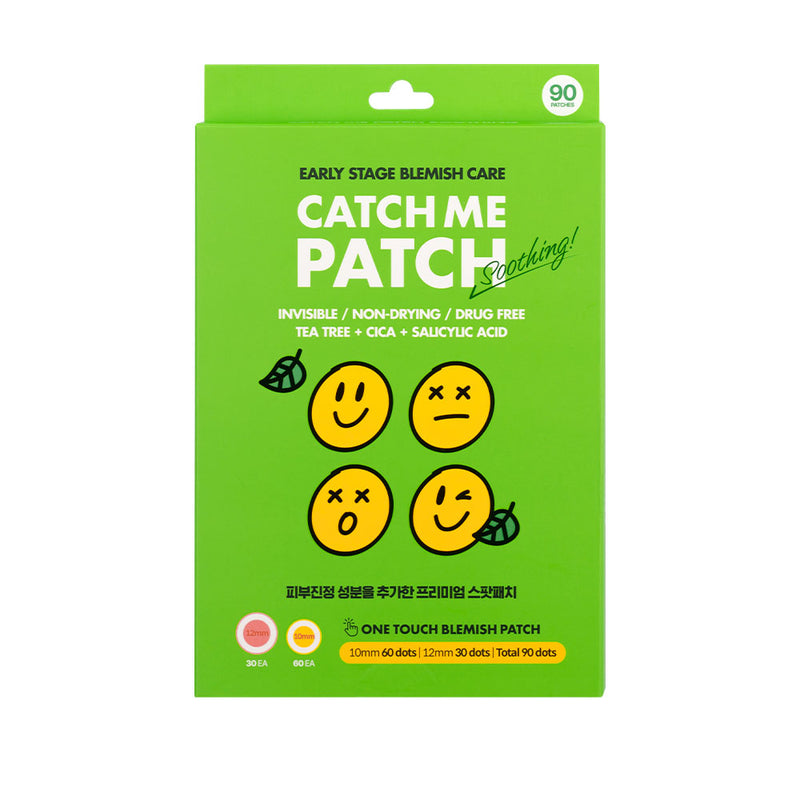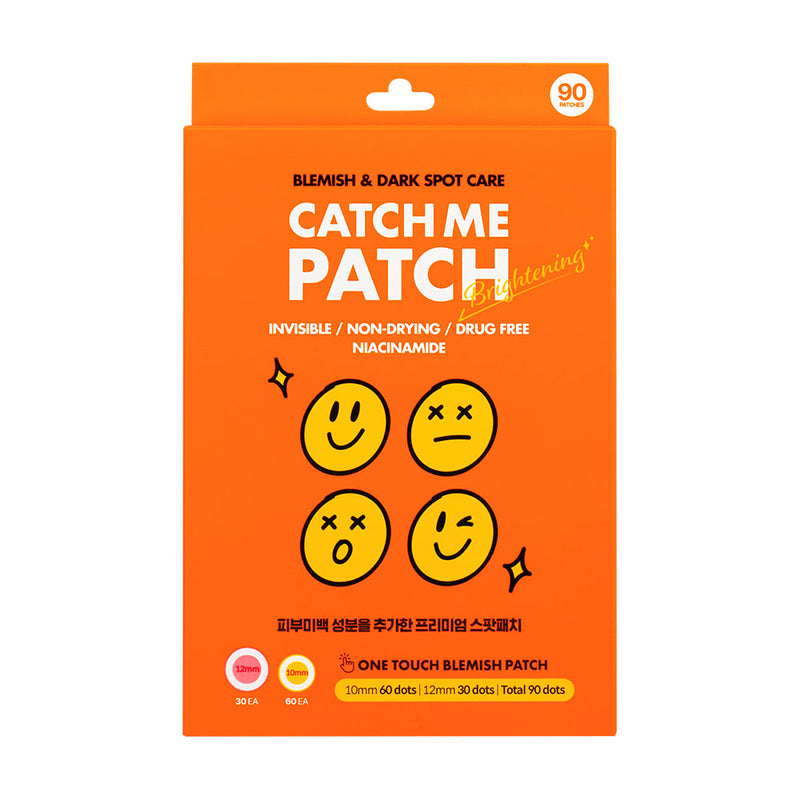Struggling with stubborn pimples or oily, acne-prone skin? Pimple patches might be your new secret weapon! These tiny, powerful stickers can help heal breakouts fast. Discover how they work, the different types and which one is right for you in this comprehensive guide.
If you've ever battled with acne or have oily, acne-prone skin, you might have come across a popular solution that promises to zap those pesky pimples overnight: pimple patches. These small, often translucent stickers have become a staple in many skincare routines, and for a good reason.
So, what exactly are pimple patches, how do they work, and are they worth the hype? Read on as we dive deep into the world of pimple patches, explore the various types available, their benefits and drawbacks, and why they might be the perfect addition to your skincare routine.
What Are Pimple Patches?
Pimple patches, also known as acne patches, are small adhesive patches designed to be placed directly on acne lesions such as pimples, whiteheads and even cysts. They work by absorbing excess oil, pus and other impurities from the pimple while creating a protective barrier over the affected area.
This barrier helps prevent further irritation from external factors like bacteria, pollution and even your “picky” fingers. Particularly beneficial for those with oily or acne-prone skin, these patches not only help to treat existing pimples but can also prevent future breakouts by keeping the area clean and protected.
How Do Pimple Patches Work?
Pimple patches work by using various active ingredients or technologies to address different types of acne. The most common type of pimple patch is made from hydrocolloid, a material that absorbs fluids from the pimple while keeping the area moist. This moisture creates the ideal conditions to help the pimple heal faster and reduces the risk of scarring.
Other types of pimple patches are infused with ingredients like Salicylic Acid, Tea Tree Oil or Niacinamide which actively fight acne causing bacteria or soothe inflammation. Additionally, some patches utilise microneedling technology to deliver active ingredients deeper into the skin. While a lot pricier, the microneedling can be useful in delivering active ingredients to more severe forms of acne like cysts.
Let’s explore the different types of pimple patches available on the market today, each designed to address specific acne concerns.

01 Hydrocolloid Pimple Patches
Hydrocolloid pimple patches are the most common type and are ideal for whiteheads and pimples that have come to a head. Originally used for general wound care like ulcers, sores and burns, hydrocolloid is a type of moisture-retentive material that absorb the pus and fluid from the pimple, creating a protective seal over the area.
This seal not only prevents further contamination but also creates the ideal conditions to help the pimple heal faster by maintaining a moist environment, which is conducive to wound healing. It also creates a physical barrier that prevents you from picking or squeezing at the pimple which can contaminate the wound and cause irritation, lengthening the healing process and causing acne scars.
- Effective for Whiteheads: Hydrocolloid patches are excellent at flattening whiteheads overnight.
- Prevents Picking: By covering the pimple, they discourage picking, which can lead to scarring.
- Visible Results: Often, you can see the absorbed pus on the patch, giving a satisfying indication that it’s working.
- Non-Drying: Unlike many acne treatments, hydrocolloid patches don't dry out the skin.
- Limited Use: They are not effective on deep, cystic acne or pimples that haven’t come to a head.
- Visible on Skin: Although some patches are nearly invisible, others can be noticeable, especially on darker skin tones.

02 Microneedle Acne Patches
Microneedle pimple patches are designed for more severe types of acne, such as cystic acne. These patches feature tiny, dissolvable needles that penetrate the skin to deliver active ingredients directly into the deeper layers. The microneedles are painless and help ingredients like Hyaluronic Acid, Salicylic Acid or Niacinamide reach the root of the acne where they can be most effective.
- Targeted Treatment: Microneedle patches deliver active ingredients deep into the skin, making them effective for cystic acne.
- Quick Absorption: The microneedles ensure that the ingredients are absorbed quickly and efficiently.
- Reduces Inflammation: They can help reduce the size and redness of deep, painful pimples.
- More Expensive: These patches tend to be a lot pricier than traditional hydrocolloid patches.
- Not for Everyone: Those with sensitive skin may find the microneedles can cause skin irritation
- Longer Time to See Results: While they work well for deep acne, the results might take longer to become noticeable.

03 Ingredient-infused Acne / Pimple Patches
Some pimple patches are infused with active ingredients that target acne at its source. Common ingredients include Salicylic Acid, Tea Tree Oil, Niacinamide and Benzoyl Peroxide. These patches not only absorb impurities like hydrocolloid patches but also deliver these active ingredients directly to the pimple, helping to reduce inflammation, kill bacteria, and prevent future breakouts.
- Multipurpose: They not only treat existing pimples but can also help prevent new ones from forming.
- Variety of Ingredients: You can choose a patch based on your skin’s specific needs, whether it's reducing inflammation, fighting bacteria, or soothing irritation.
- Customizable: Many brands offer a range of ingredient-infused patches to suit different skin concerns.
- Potential for Irritation: Active ingredients like Salicylic Acid or Benzoyl Peroxide can sometimes cause irritation, especially for those with sensitive skin.
- Limited Effectiveness on Deep Acne: While great for surface-level pimples, they might not be as effective on deeper, cystic acne.
04 Overnight Healing Patches
These patches are typically a combination of hydrocolloid and additional healing ingredients, designed to be worn overnight. They aim to speed up the healing process by keeping the pimple covered and delivering soothing and repairing ingredients throughout the night.
- Time-Saving: You can apply them before bed and wake up to reduced pimples.
- Soothing: Many overnight patches include calming ingredients like centella asiatica or calendula to reduce redness and irritation.
- Discreet: They are often transparent and thin, making them less noticeable if you want to wear them during the day.
- Not for Day Use: Designed specifically for overnight use, these patches might not adhere well during the day when you're more active.
- Slow Results on Severe Acne: While effective for small to moderate pimples, overnight patches may not provide quick results for larger, more inflamed breakouts.
How to Choose the Right Pimple Patch for Your Skin
Selecting the right pimple patch depends on your skin type, the type of acne you're dealing with and your personal preferences. Here are some tips to help you choose:
- For Whiteheads: Opt for hydrocolloid patches, which are the most effective at absorbing pus and flattening whiteheads overnight. They are usually the most affordable as well.
- For Cystic Acne: Consider microneedle patches that deliver active ingredients deep into the skin to target stubborn cysts.
- For Sensitive Skin: Look for ingredient-infused patches with soothing components like Centella Asiatica or Tea Tree Oil and avoid harsh ingredients like Benzoyl Peroxide.
- For Overnight Use: Choose overnight healing patches that combine hydrocolloid technology with calming ingredients to repair your skin as you sleep.

Are Pimple Patches Suitable for Oily, Acne-Prone Skin?
Pimple patches are particularly beneficial for those with oily, acne-prone skin. They help to absorb excess oil, reduce inflammation and prevent further contamination, which is crucial for preventing future breakouts. Additionally, because they are non-drying, they won’t exacerbate the overproduction of oil, a common issue with many acne treatments.
However, it's essential to use them correctly. Pimple patches should be applied to clean, dry skin and left on for several hours (or overnight) to see the best results. While they can be a powerful tool in managing acne, they should be used as part of a broader skincare routine that includes proper cleansing, moisturizing and sun protection.
Conclusion
Pimple patches have revolutionized the way we treat acne, offering a quick, convenient and effective solution for managing breakouts. Whether you have a stubborn whitehead, a painful cyst, or just want to speed up the healing process, there’s a pimple patch out there that can help.
More recently, pimple patches even come in cute shapes, colours and even emoticon designs that completely changes the paradigm of what it means to suffer from acne. While in the past acne has always been something we try to hide, these emoticon patches allow us to make a statement, have fun and not be overly embarrassed of what is otherwise a common problem that many of us face from time to time.
When choosing a pimple patch, consider your specific skin concerns and the type of acne you're dealing with. By incorporating the right pimple patch into your skincare routine, you can achieve clearer, healthier skin, even if you have oily or acne-prone skin. So next time a pimple pops up, reach for a pimple patch and let it work its magic!
About the writer

Stacy Liu, an American-born Chinese, is the beauty editor at Asian Beauty X obsessively writing about new beauty launches, the best hair products, and the skincare formulas that really work for every skin type.
